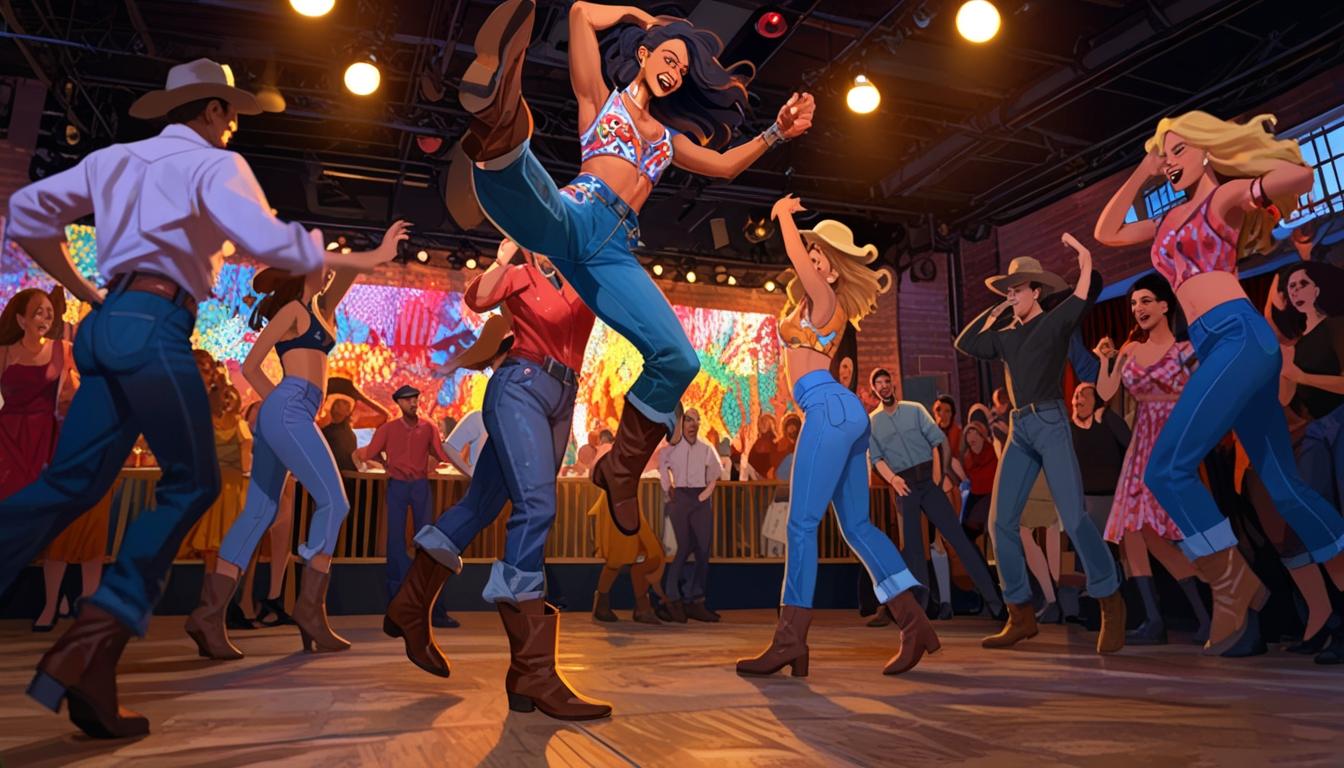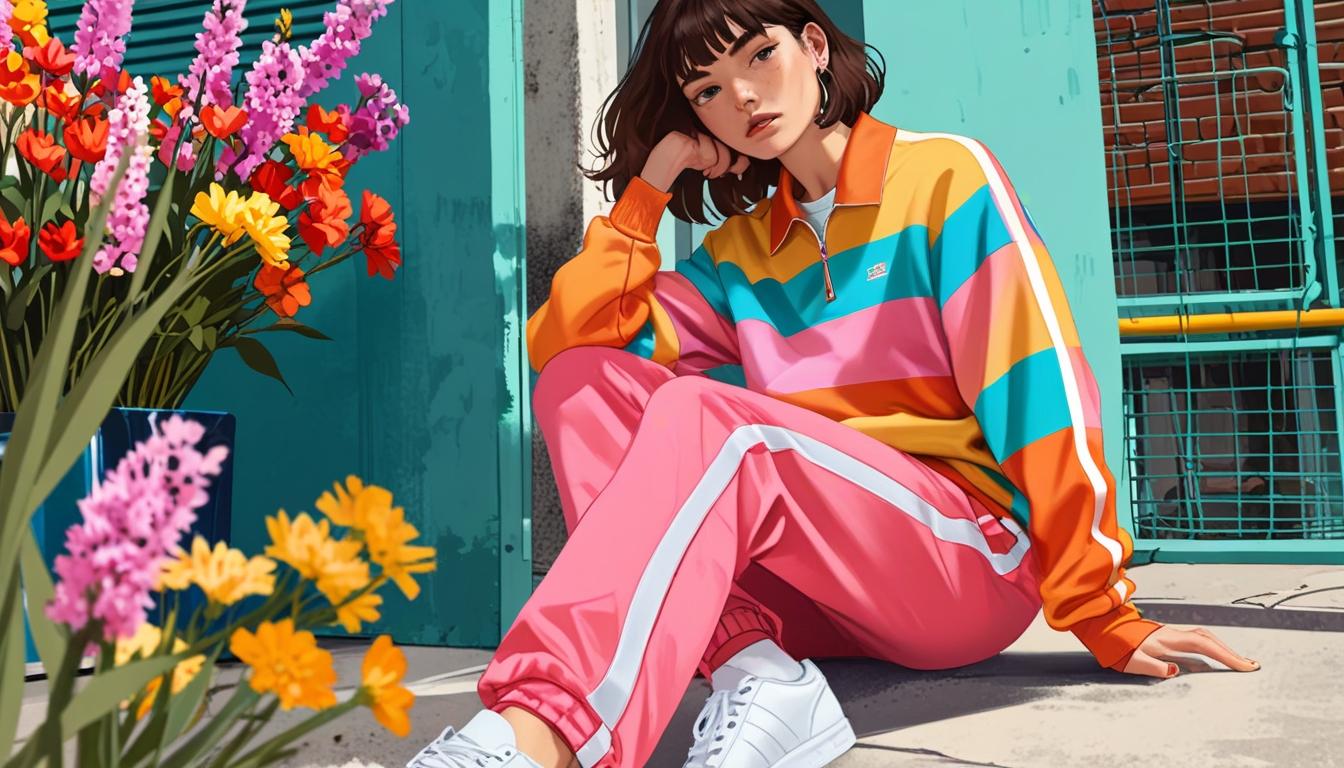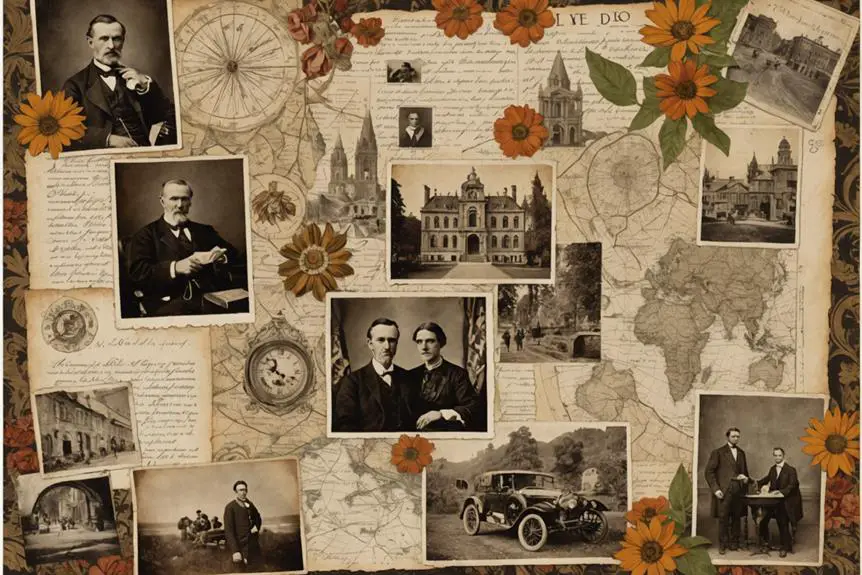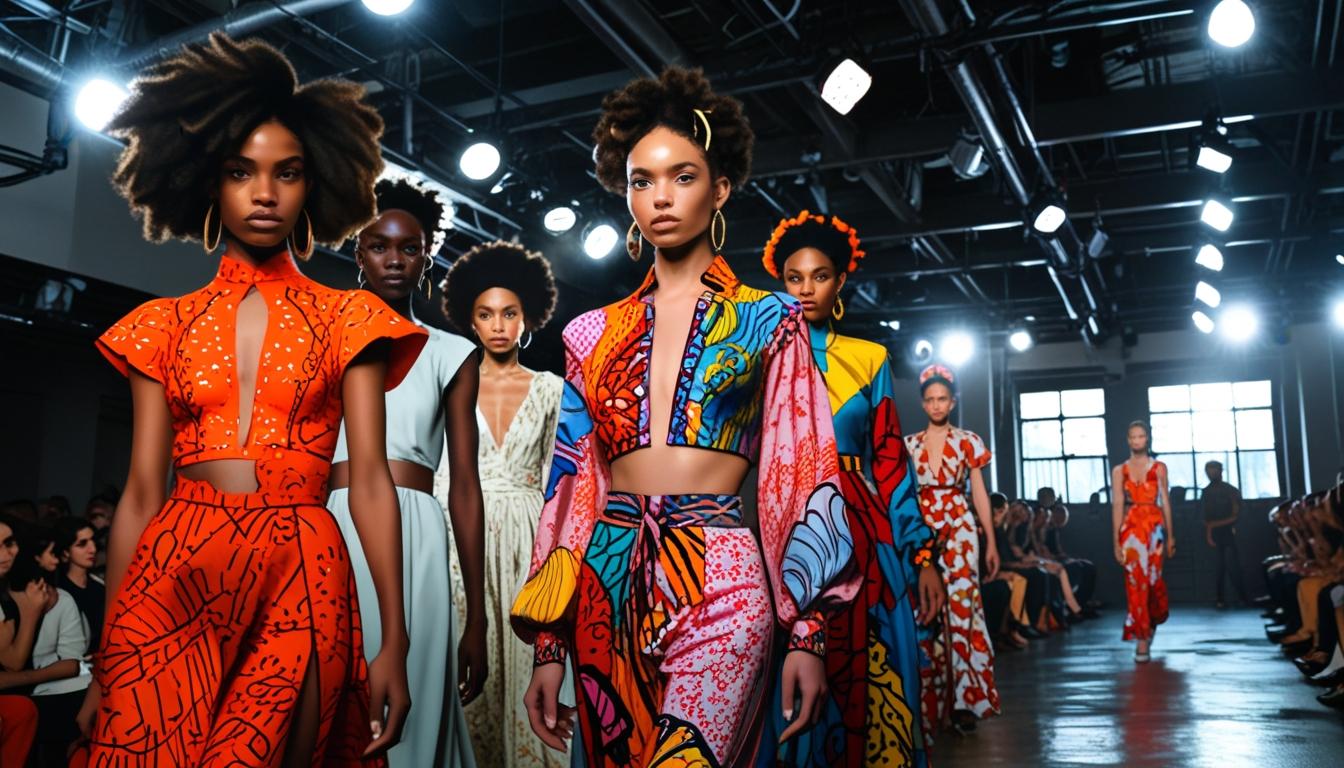New York City: A vibrant revival of queer country dancing is sweeping through NYC’s nightlife, sparked by the emergence of Stud Country. This community-oriented phenomenon blends tradition and modernity, inviting diverse participants to embrace a rich tapestry of music and movement in a welcoming environment.
In the bustling atmosphere of New York City on a recent weeknight, an unexpected cultural phenomenon is taking root among its vibrant nightlife. Attendees dressed in cowboy boots and denim gather at various locations across the city, from backroom restaurants to studio spaces, embracing a revival of western country dancing. Participants twirl, line dance, and swing to a diverse selection of music that spans from traditional country hits to contemporary pop anthems, creating a captivating tapestry of movement and camaraderie.
A significant catalyst for this burgeoning scene is the creation of Stud Country, a queer country dancing organisation that originated two years ago in Los Angeles. Founded by Sean Monaghan and Bailey Salsbury in response to the pandemic-era closure of the historic gay western venue Oil Can Harry’s, Stud Country has evolved from a refuge for former patrons into a widespread community phenomenon. The organization has since inspired similar gatherings in cities like San Francisco, Nashville, and New York, with events that have drawn partnerships with prominent figures and institutions, including Kesha and Lincoln Center.
The allure of country dancing has notably attracted a diverse array of participants, including those who may not initially identify with the genre. “People come to see and to be seen,” said Sam, a participant at a recent party in Brooklyn, highlighting the sense of community that accompanies the dancing experience. The dance form’s structured choreography offers an inviting approach for newcomers. Jolie, who manages event check-ins, reflected on her own background in ballet, stating, “Going line dancing is how I’ve fallen back in love with dancing.”
Grounded in a rich and complex history, this revival offers a contemporary take on a practice that has long allowed queer individuals to express intimacy in a societal context that often discouraged such interactions. Dr. Kathryn Alexander, an ethnomusicology professor who has closely studied queer country dancing, noted that while the dance is entrenched in American culture, it has also functioned as a vital space for queer expression. She remarked that country dancing fosters a sense of closeness without the overt sexuality often associated with other dance forms, enabling participants to enjoy the intimacy of touch within defined social boundaries.
Susanna Stein, a key figure in New York’s queer country scene and co-founder of Big Apple Ranch, has observed the appeal of these gatherings as distinct from typical nightlife activities. “It’s not about drinking. It’s not about picking somebody up,” she explained, underscoring the different atmosphere cultivated in these spaces compared to traditional bars.
Despite its historical roots, modern queer country dancing has evolved distinctly under the influence of contemporary artists and the broader acceptance of queer culture in society. The offerings at events have expanded to include music that bridges genres, featuring artists such as Troye Sivan and Charli XCX alongside classic country favourites. This fusion of influences is reflected in their branding and social media presence, demonstrating an appeal that resonates with a new generation who may not have otherwise engaged with traditional country music.
As queer spaces increasingly blend with mainstream culture, questions arise regarding the preservation of the unique attributes that marked earlier iterations of the queer country dance scene. While newer events, like the recent Goth Ball, invite playful expressions of identity through elaborate costumes and pop culture references, participants reflect on the essence that continues to tie them to the past.
Participants and historians of the genre alike express an appreciation for the community that has flourished within this revival. The mutual experience of dancing, especially following a period of extended isolation during the COVID-19 pandemic, has reignited a desire for physical connection and shared joy. Dr. Alexander observed, “Physical intimacy with a dance partner is something that people return to periodically,” drawing a parallel with the community’s historical struggles during tougher times.
The growing popularity of queer country dancing signifies a broader cultural dialogue about identity, tradition, and belonging, inviting speculative consideration of its future. As individuals like Susanna offer advice to the next generation of dancers to “keep carrying the torch” and introduce their friends to this world, it stands as a testament to the evolving nature of community and cultural expression in queer spaces.
Overall, the emergence of queer country dancing in the heart of New York City encapsulates a rich blend of history, community, and personal expression that continues to evolve in diverse and unexpected directions.
Source: Noah Wire Services




